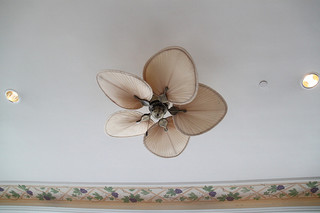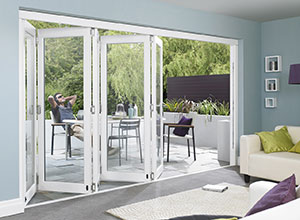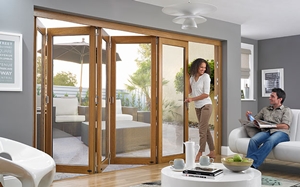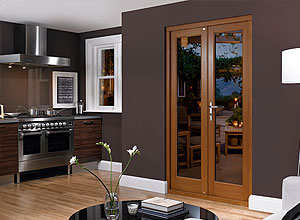It used to be just four walls for a person to go to after a long hard day of work. Homes were often very functional and not much more than that. Times have changed and thanks to a number of very innovative developments, homes have become more than just shelter from the rain. Here are a few of those design improvements.
1) Eco- friendly.
The interior of a house can be sensitive to the environment. Sustainable material used for furniture and energy-efficient appliances let an outsider know that the home’s owner is conscious of carbon footprints and wishes to keep them small.
2) Energy efficiency.

This piggybacks on the idea of Eco friendly designs, and emphasizes the use of appliances such as ceiling fans to take the place of energy consuming air-conditioning. The design also includes positioning the windows in the house to take better advantage of cross ventilation.
3) Adding rooms.
Families often outgrow the size of their homes and buying a larger house can be very expensive. It is just as easy to add a room or even the floor on the existing structure and sometimes a lot cheaper. The homeowner does have to make sure, however, that the existing houses structure and foundation can easily adjust to the added space and weight.
4) Tearing down and starting all over again.
This involves destroying the existing house and rebuilding it to the owner’s specifications. This is not an average design change and can cost quite a bit. However to people living in an area where new homes are prohibitively expensive, it might make sense to simply rebuild a house if the cost is less than buying a new one.
5) Improving existing fixtures.
Doors and windows are standards for any home. Making some changes to these can improve the quality of the living space. Efficient windows can block out cold drafts, creating cost savings, and folding doors allow for more use of space for furniture.
6) Modifications for the Disabled.
People who suffer from a physical disability many times feel trapped in their own home. Simple modifications such as wider entrance areas with folding doors or stationary bars in the shower stall can return a degree of independence to their lives.
7) Kitchen Renovations.
Any home cook will agree that a larger kitchen allows for better food preparation and recipe experimentation. A more efficient stove also helps. These improvements don’t have to be very expensive, but adding a few things like a kitchen island or a better refrigerator can result in more interesting dishes served at mealtime.
8) Bedrooms.
This is where people spend most of their time in the house. Bedrooms can be made more comfortable with under floor heating pads and the children’s bedroom can be much more efficient with bunk beds placed in them.
9) The Home Office.
This doesn’t just have to be a workspace but can also be a study area for the student in the house. The important thing is to have a certain amount of noise reduction material inside the walls with a sufficient number of desks, chairs, and electrical outlets in the room so that the space can be used for work projects or homework.
10) The Garage.
Yes, it is a place to park the car but it also can be a workspace for the do-it-yourself enthusiast. All that is required are fold out work tables and hangers for various tools. Cabinets and storage shelves complete the space for that person who enjoys fixing things.

So, What Are You Waiting For?
None of the above changes need to be frighteningly expensive. It does require some research to be certain that the right materials are used for the given design change. The homeowner must also take care to be sure that the existing structure can easily accommodate any improvement that is made. It does no good to begin renovation only to discover halfway through that the supporting beams or walls cannot support the weight or the contours of the changes contemplated. The cost of material needs to be budgeted for, and it may be necessary to buy what is needed weeks ahead of the project actually being started.
Any number of renovations that will change living in a home are of the do-it-yourself variety. However, there are certain things such as electrical wiring or plumbing that will require a professional’s attention. The homeowner shouldn’t hesitate to call in outside help in those situations. An amateur’s mistake can cost quite a bit to correct, so it is much cheaper to have a knowledgeable person do certain improvements. Nevertheless, a little makeover and change in the physical design of the home can result in significant improvement in the quality of domestic life.
John Parkin regularly contributes to home design / improvement websites online and manages a lot of content distribution for Vufold, specialists in folding sliding doors. He also works as a copywriter at an SEO agency in the UK.




Leave a Reply